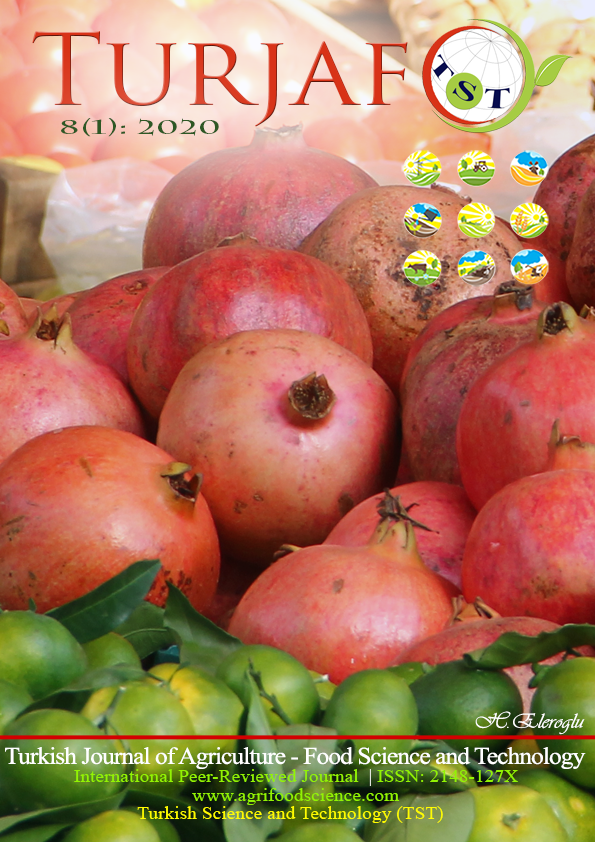Functional Morphology and Histology of Pectine (Sensory Comb) Organ of Protoiurus kraepelini (Iuridae: Scorpines)
DOI:
https://doi.org/10.24925/turjaf.v8i1.99-104.2817Keywords:
Scorpion, Sensory organ, Pectines, Morphology, HistologyAbstract
Scorpions are the oldest known terrestrial arthropods of the Arachnida class and are also known as living fossils. Scorpions have been subjected to various researches because they have special properties and unique structure, and they cause cases of poisoning. However, there is not much information about the structure of the pectine organ, a specific sense organ of the scorpion, which is also called sensory comb. In this study, the comb organ structure of Protoiurus kraepelini (von Ubisch, 1922) was studied by using light microscopy and scanning electron microscope (SEM) and detailed morphological and histological features were determined. Some of the comb organs of the P. kraepelini scorpions collected in the field studies from Eğirdir (Isparta, Turkey) were prepared for SEM by using routine methods. A portion of the comb organs were embedded in parafine and sections were taken and stained sections were stained with hematoxylin-eosin and histological features were examined in light microscope. The comb organ of P. kraepelini is located in the ventrolateral part of the mesosomal second segment as in other scorpions and consists of three parts as marginal lamella, median lamella and pectinal teeth in accordance with the general architecture. At the same time, sensory hairs on these structures and peg sensilla on pectinal teeth were examined. In this study, the histology of the comb organ of P. kraepelini was first time demonstrated and its possible functions were discussed in the relationship between structure and function.Downloads
Published
29.01.2020
How to Cite
Yiğit Kayhan, N., & Çorak Öcal, İlkay. (2020). Functional Morphology and Histology of Pectine (Sensory Comb) Organ of Protoiurus kraepelini (Iuridae: Scorpines). Turkish Journal of Agriculture - Food Science and Technology, 8(1), 99–104. https://doi.org/10.24925/turjaf.v8i1.99-104.2817
Issue
Section
Research Paper
License
This work is licensed under a Creative Commons Attribution-NonCommercial 4.0 International License.









